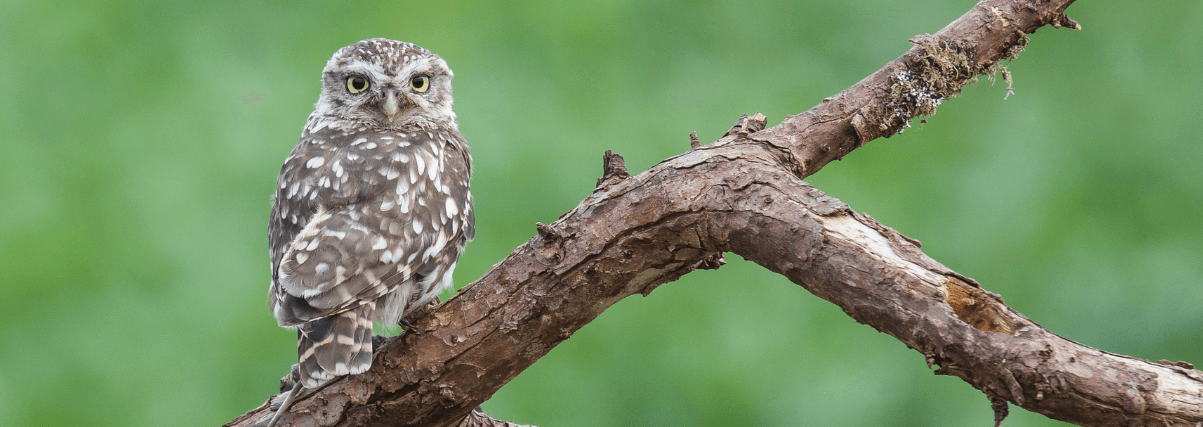Digiscoping is the latest trend. Both photographers and nature observers are increasingly using spotting scopes for photography. Taking photos with a spotting scope and digital camera is called digiscoping.

(Foto by Alpsdake, CC BY-SA 3.0, via Wikimedia Commons)
Digiscoping enables large focal lengths
Where focal lengths of digital SLR cameras or the telephoto lenses used reach their limits, “digiscoping” comes into play. Expensive lenses that usually enable DSLR photographers to take unique close-ups are often hardly affordable for normal users. From focal lengths of around 800 mm upwards, considerable sums must be spent on telephoto lenses.
Digiscoping is increasingly becoming an attractive alternative. This is because high quality images can be created with less costly equipment. The advantages of digital photography have been combined with the advantages of the optical performance of spotting scopes. The technique is available since the turn of the millennium. To everyone interested in birding and nature observation, digiscoping is worth taking a closer look.
Digiscoping Equipment
Those who want to digiscope need appropriate equipment. In addition to the eyepiece that usually comes with the spotting scope, an adapter is needed. It allows to mount the SLR camera or another digital camera to the spotting scope. Simple and cheaper variants are adapters that allow users to install a smartphone in front of the spotting scope.
Professional digiscopers use spotting scopes with large lenses in the 80 to 100 class. Devices of this size are simply more light-intensive and allow greater magnifications.
However, lighter, and less expensive spotting scopes of the 60 or 65 class can also be used for digiscoping. In any case, it is recommended to rely on one of the brand manufacturers of spotting scopes if the image result of digiscoping should be satisfactory. Manufacturers such as Swarovski, Nikon, Zeiss, Leica, or Kowa offer corresponding devices.
Prices of digiscoping adapters
The following list provides information about the different possibilities of digiscoping and about the spotting scope adapters available. As described above, adapters for smartphones and mobile phones are usually the cheaper option.
Manufacturers such as Nikon, who produce both SLR cameras and spotting scopes, are now bringing holistic systems to market to meet the needs of the digiscoping community. Other manufacturers have followed. Leica, for instance also offers a complete system for digiscoping.
What to look out for in digiscoping
In addition to the above-mentioned equipment for digiscoping (spotting scope, eyepiece, adapter and digital camera), a remote trigger should also be available, or remote triggering on the camera should be possible. Nowadays most smartphones come with a self-timer and so do SLR- and digital cameras. Nevertheless, it’s worth considering a remote trigger. It provides more freedom to take photos at the right moment.
Since very large distances are bridged, it is important that the digiscoping is not triggered directly by hand on the device. Even small vibrations such as touching the spotting scope or camera can lead to a deterioration of the image quality (blurring).
You should also make sure that your equipment is firmly mounted. Although many users mount their spotting scopes on tripods, the image quality can suffer from the outside influences when e.g. wind starts blowing. A less fancy alternative is to place the spotting scope and all connected devices on e.g., a grain cushion. This does create a shake-free surface but is limited in comfort.
Nature photographers will be thrilled by the possibilities of digiscoping. Amazing optical results can be captured in the image. Another great advantage of digiscoping is the high focal lengths that can be achieved. The distance to the photographed object can be maintained, making it less likely that the photographed object will be startled or frightened away.
You can see the first result of the author’s simple digiscopy attempt via simple smartphone photography – through a Swarovski spotting scope – here.

Digiscoping Video
The following video from Swarovski Optik explains digiscoping in a video in about nine minutes.

